From its upper reaches touching Guatemala to eastern borders with Honduras and Nicaragua, El Salvador is lined by volcanic-sand beaches where swaying palm trees and stunning sunsets are never in short supply. Which beach do you choose? Let’s look at this like a local would.
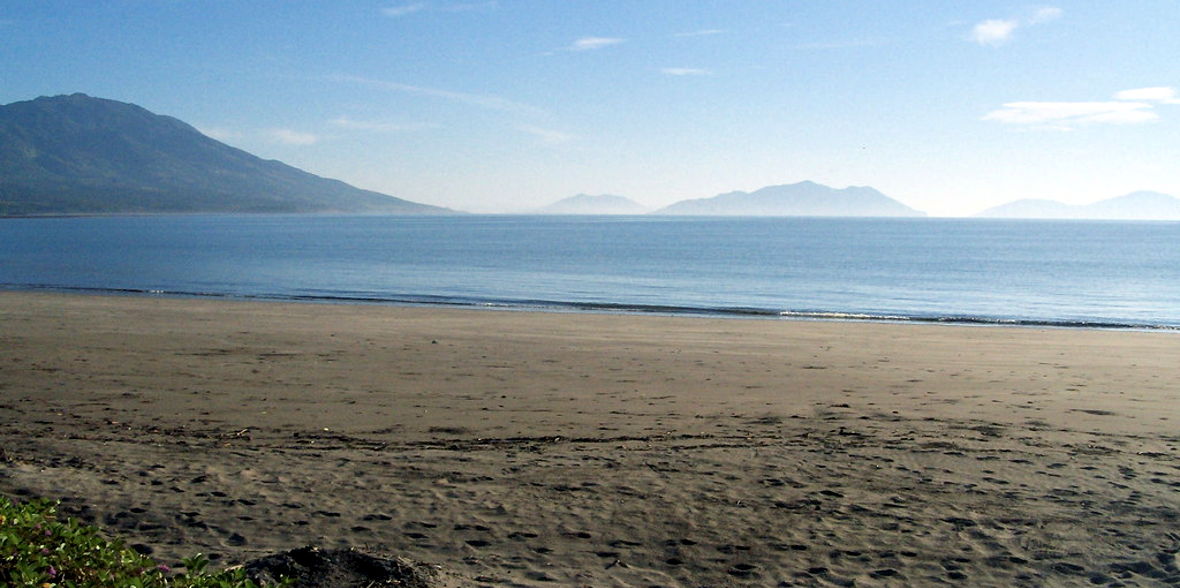
You’re getting out of the city for a beach escape. A half-hour of driving, you’ve nearly hit the coast. You can tell by the sea air and roadside vendors selling inflatables, a coronation route lined by creatures of all kinds, hoisted high in puffed-up plastic form as they await ocean duty.
Look, there’s the lighthouse as further proof of being beachside. The first place you hit is La Libertad. True, geographically leans to the country’s western coast, but more or less in the middle as the east/west beach offerings go. Are you going to go left or right? First, let’s look at where you are.
There’s some traffic, congestion in the tangle of streets spreading out from the oceanfront hub, bustling with pedestrians, bicycles, and street vendors selling the local sugared red tortillas. Head seaward for the stuff.

The Pier: A longtime tradition, each day when they return to port fishing boats are lifted right onto the pier, with fishermen selling their catches right from their crafts. You may not be in the market for a fresh-caught tuna on ice, but it’s worth a wander out along the old pier for the slice-of-life experience.
The Promenade: The modern promenade that meets the pier is another thing. Some of the outdoor seafood eateries are nice enough, lively on sunny weekends. They run a bit expensive for what you get but nothing outrageous. At the westernmost point of the pedestrian path, you have a few restaurants that predate the promenade and are time-honored local favorites.
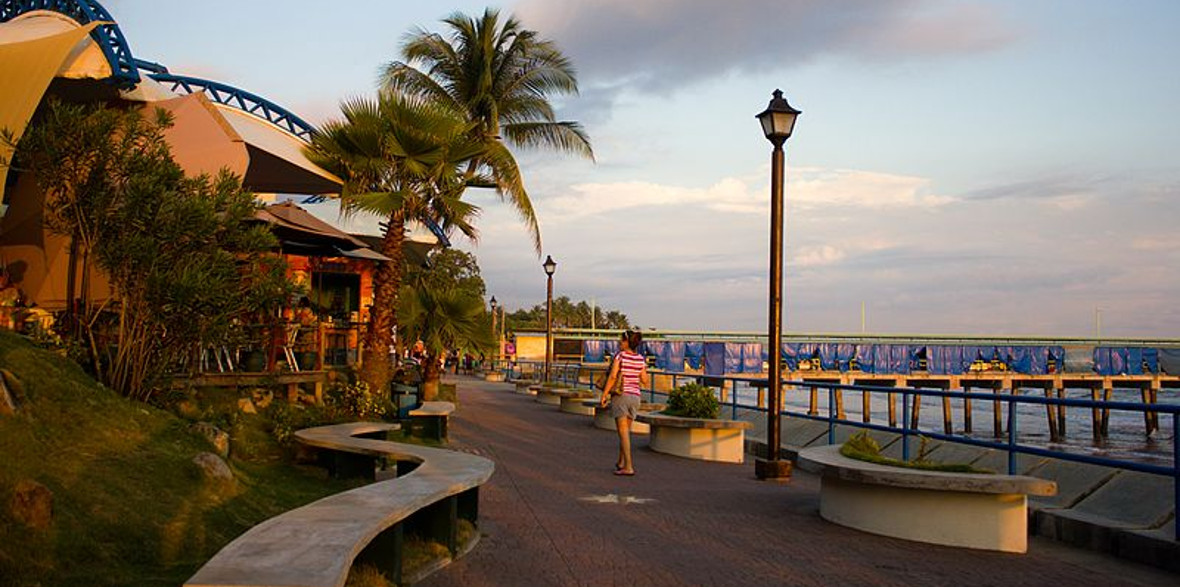
But the road-turn choice! As a city-escapee do you go left or right? Let’s choose to turn right and go up along the western coast.
First, you’ll likely slip past El Majahual beach, which has some great surfing and swimming. A 15-minute drive from Libertad, it’s a popular local spot and you get big crowds with precious little elbow room in the water. But the sands are wide and the scene is lively and authentic, if that’s what you’re after.
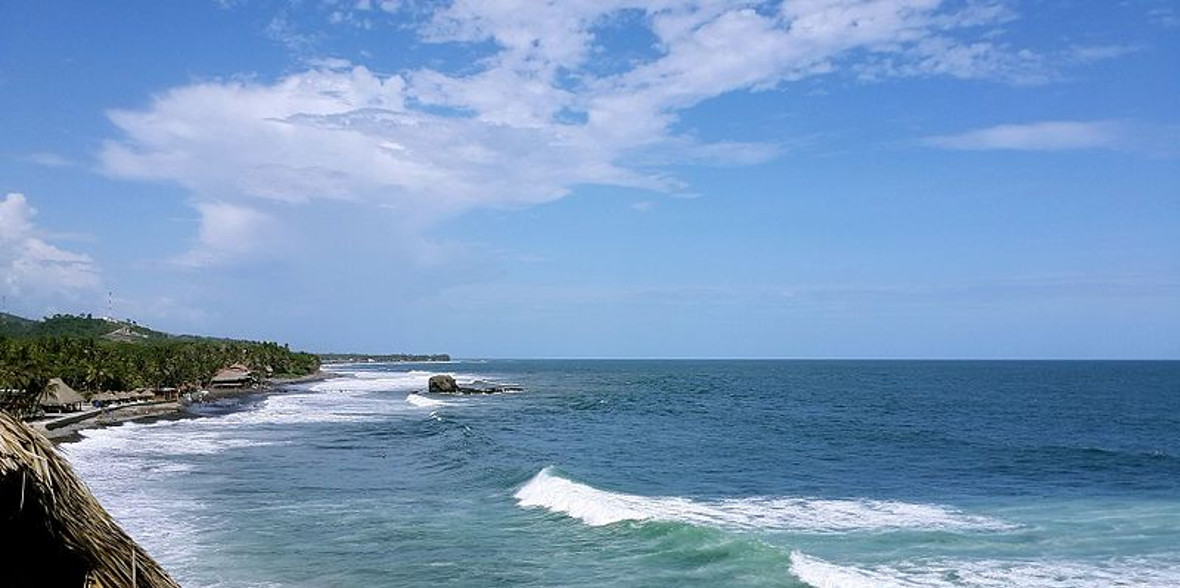
Beyond its glimmering black sand, Sunzal Beach is best known on the surf scene for a serious point break. But you can also get in some snorkeling and even some shallow scuba diving at Sunzal. A smattering of hostels and surf lodges are about it when it comes to accommodations. Another 45-minutes up the coast lies the similar surf beach of Playa Mizata, popular with the wave-shredding/beach-camping gang.

That question is inevitably asked after you hit the coastal road from Libertad heading west. That’s when you’re approaching the turn-off to Sunzal’s neighbor Tunco. Everyone in the country knows Tunco, having watched it grow from a small dirt-road surf village to a small paved hamlet. It does pack a lot into it’s two or so streets, with an ever-spreading colony of boutique hotels, hostels, surf lodges, shops, restaurants, and bars.
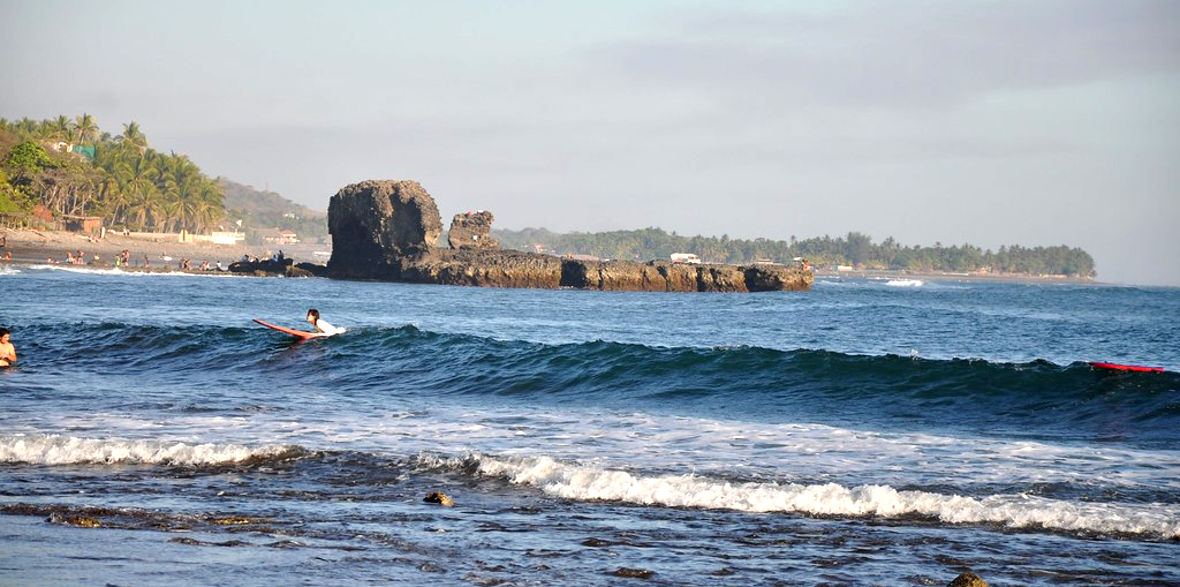
As a beach, Tunco is limited. There’s some good surfing. The ocean has an Instagram-perfect rock formation and there are a few picturesque places to sit. But it's a small, rocky beach and, quite frankly, there’s probably a stench from stagnant wastewater at the town’s beachfront. And, with little shade or breeze, it gets hot in Tunco.
Outside of that, Tunco’s always nice for a pop-in, if you know your given time on the schedule-loving Salvadoran calendar. See, weekend nights are for the city partiers who pour in loudly with big numbers and come with the negatives that a hard-drinking scene brings. But on a tranquil Tuesday, a Wednesday sunset, a sweet Sunday morning, Tunco is another thing
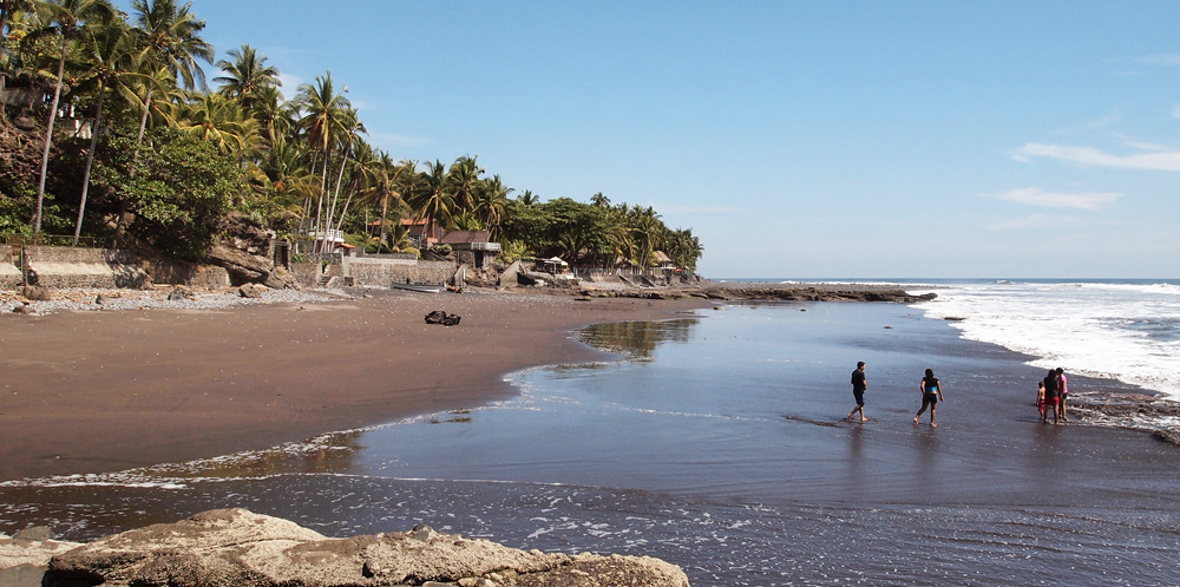
With two amazing surf spots that come together at a cliff-backed beach, El Zonte is popular with all. The semi-enclosed enclave of nature has ample shade from palm trees, dramatic rock formations along the shore (even a cave tunnel!) and a really relaxed feel. That is, at least during the week, as everything in El Salvador tends to get a little fuller, livelier and louder on the weekends. But for a chill weekday, dine at one of the handful of hotels, get a day pass at a place with hammocks, and enjoy a secluded beach getaway. For cheap digs, there are hostels in a village, while mid-range options are at the hotels along the main beach.

A 90-minute drive from San Salvador, Playa Los Cóbanos is one of the country’s more scenic spots. A wide span of golden sand is backed by lush palm trees. Eat at one of the thatch-roofed seafood shacks along the beach. The rocky shores of Los Cobanos are favored by snorkelers and scuba divers who come to enjoy Central America’s largest coral reef. A few hotels and lodges cater to that set. Migratory humpback whales pass from October to February and its possible to spot them from the shore or on a boat tour.
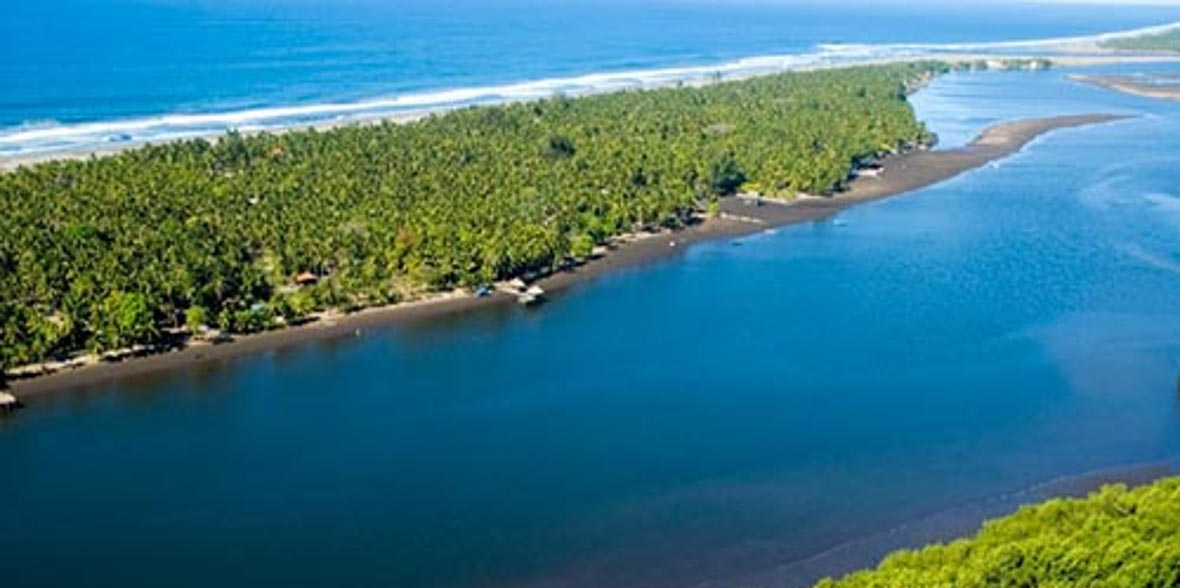
As we get closer to El Salvador’s northern border with Guatemala, we reach La Barra de Santiago. The protected natural reserve is in an isolated setting, with a volcanic backdrop and palm-tree-thick shores. The eight kilometers of the peninsula that runs along the ocean offer long stretches of beach that you’re likely to share only with local fishermen, a weekend uptick aside. Sporadic restaurants, hotels, and hostels accommodate moderate tourism. At the peninsula’s tip, big surfing waves roll in, with kayaking, fishing, and other aqua-activities popular in the surrounding waters. The massive estuary on the inland side is perfect for exploring by kayak or boat.
Back to La Libertad. Now turning to the left, from the local perspective of hitting La Libertad leaving the city. We turn left and go down along the eastern shores. The airport is a factor here, sitting in between La Libertad and the popular beach area of Costa del Sol. Each of these beach spots is about a 30 to 40-minute drive to the airport.
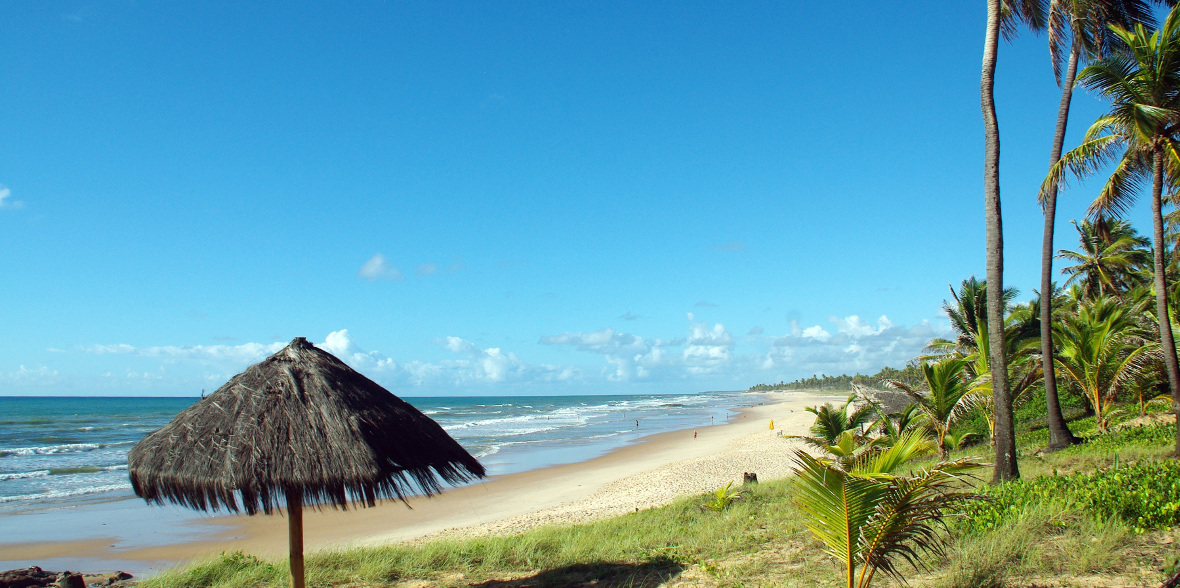
A one-hour drive from both Libertad and San Salvador, we hit the start of Costa del Sol. The 18-kilometer-long peninsula is lined by large homes on the sea side and the Jaltepeque Estuary on the other. On the 20-minute drive to the strip’s end, you pass mostly big residences, or “ranchos” as locally called. These walled family compounds with gardens, pools and oceanfront gazebos block all but a few passes to the public (if the public can get there) beaches. Interspersed you find restaurants, hotels and beach clubs that offer day passes. They line a main road with wandering livestock, open-air restaurants and stands with vendors hacking coconuts for to-go drinks in plastic bags.
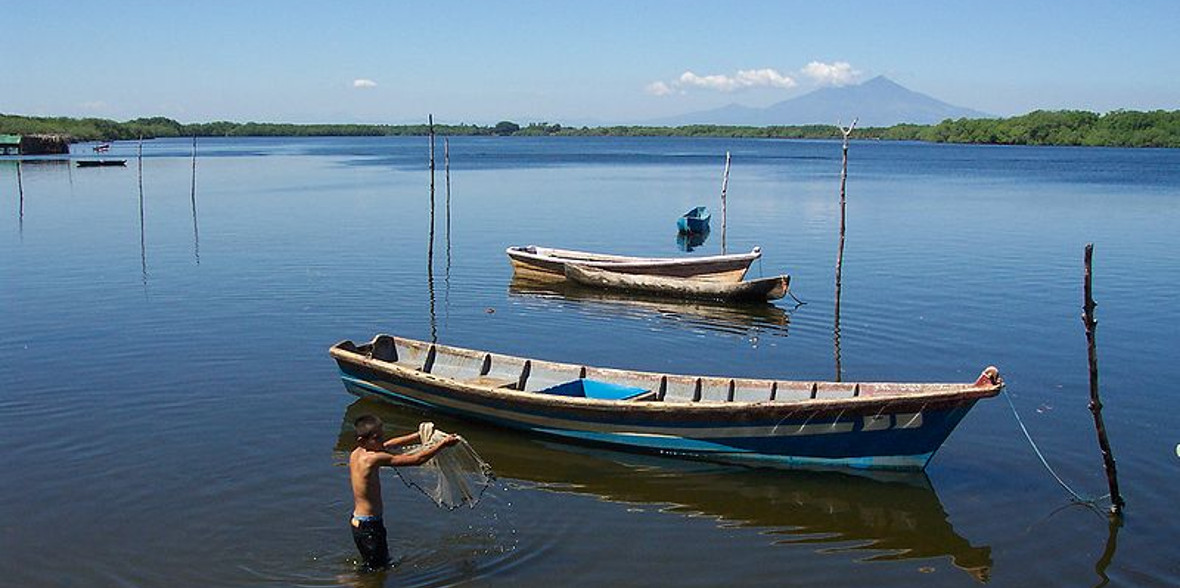
A two-hour drive from both La Libertad and San Salvador, this one is for more hardcore nature immersion. Central America’s largest estuary meets the Pacific Ocean at the Jiquilisco Bay. Hop into a kayak and head out to explore the mangrove-rimmed sanctuary with views of volcanic peaks. Paddle through canals, a freshwater lagoon complex and out to the ocean, where sailing, windsurfing, and other active adventures await. In the brackish estuary water, you’re apt to spot crocodiles, while on land you’ll find native blue butterflies, endangered spider monkeys and a host of tropical birds.
If you’re heading to Playa Cuco, chances are you will want to go through San Miguel. Rather than navigating coastal roads, take a nearly straight shot of highway from the capital to the country’s third-largest city. And San Miguel’s main plaza is worth a stroll. It’ll likely be a humid stroll past the town’s few colonial offerings and into a notable 19th-century theater. Other than that, head for the coast.
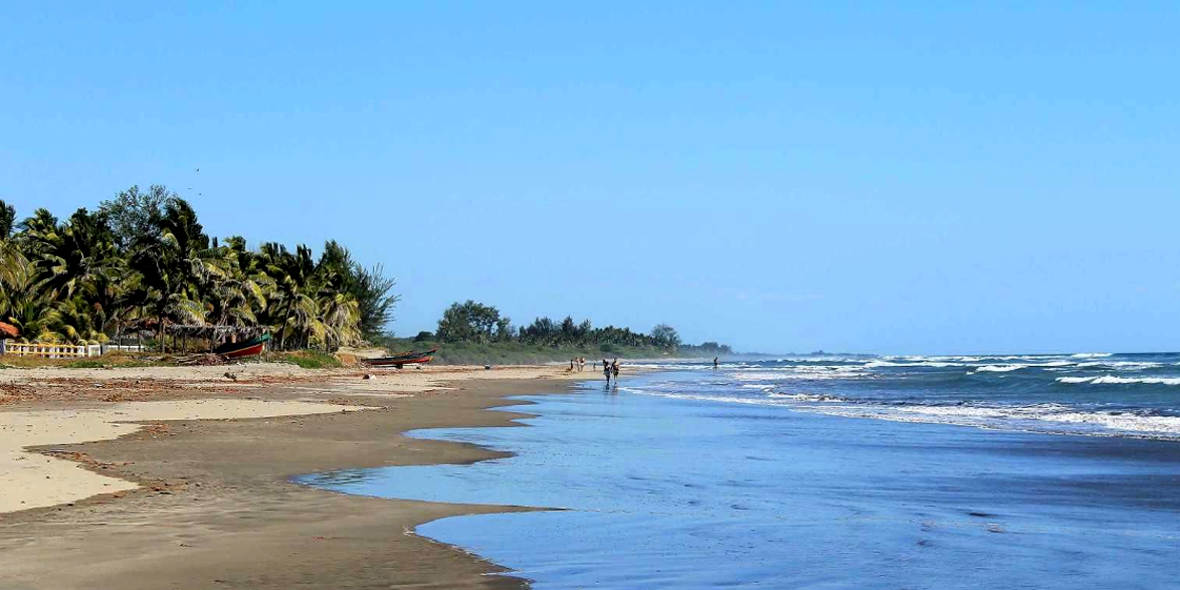
Playa Cuco is perhaps best known for its wide dark sands, idyllic palm trees and truly Salvadoran small-town feel. Life is a bit slower down here at the head of the Gulf of Fonseca that’s shared with Nicaragua and Honduras. Seaside kiosks meet all of your food and drink needs well enough. There are a few hotels. While never guaranteed as 100% safe, as Pacific waters here can have monstrous undertows, Cuco is often a safe place to swim in the ocean. This draws in a good number of local families on the weekends, who are also given to beach soccer, volleyball and horseback riding. But with enough space, especially on weekdays, Cuco can feel like it’s all yours.
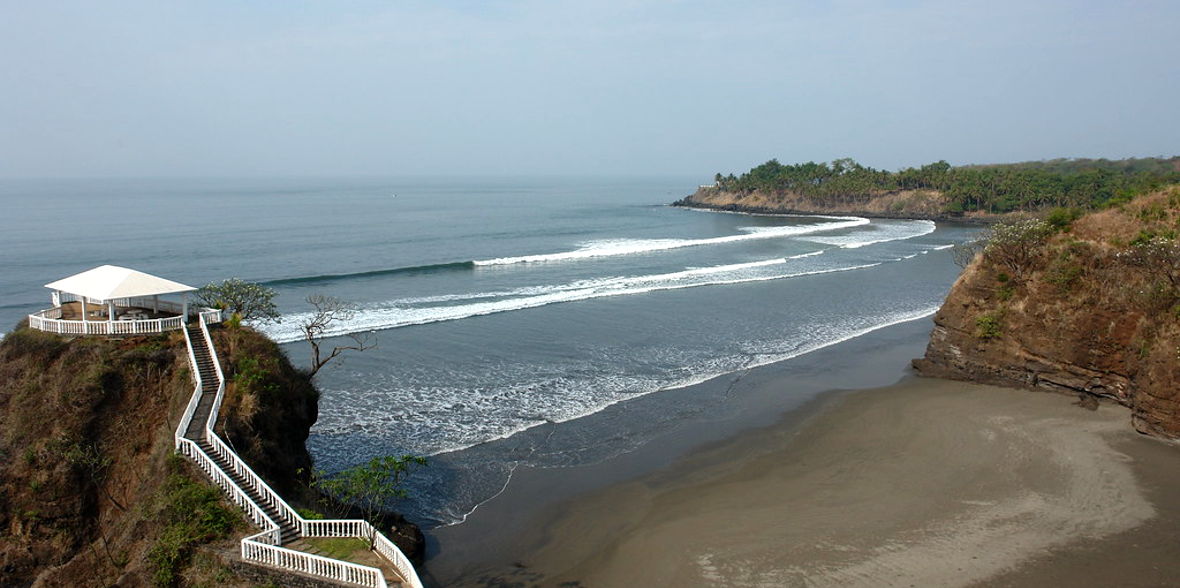
Next door to Cuco, Las Flores has serious surf for serious surfers. It’s also a hang-out spot that leans to the hippie side and you can camp on the beach. Also down the beach from Cuco, Playa El Esteron is a lesser-known launching spot for hopping into a kayak and exploring mangrove networks. You can also swim in Esteron’s calmer ocean waters.
Then you hit the Golfo de Fonseca, with Nicaragua across its wide waters to the east and Honduras to the north. More than 30 islands dot the body of water and the three-hour boat trip across the gulf to Nicaragua is well worth it.
© Copyright Vagabuzz.com - All Rights Reserved